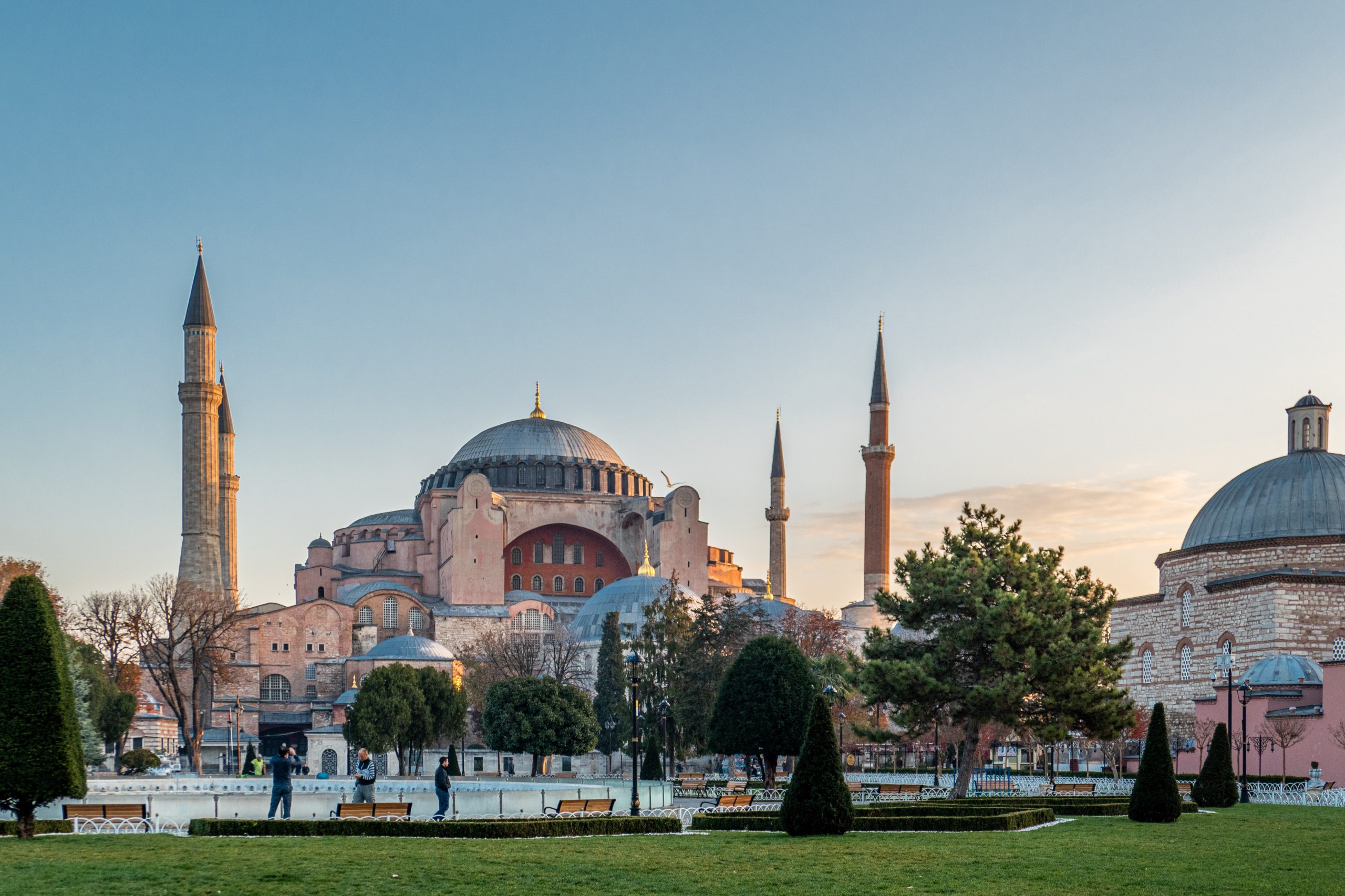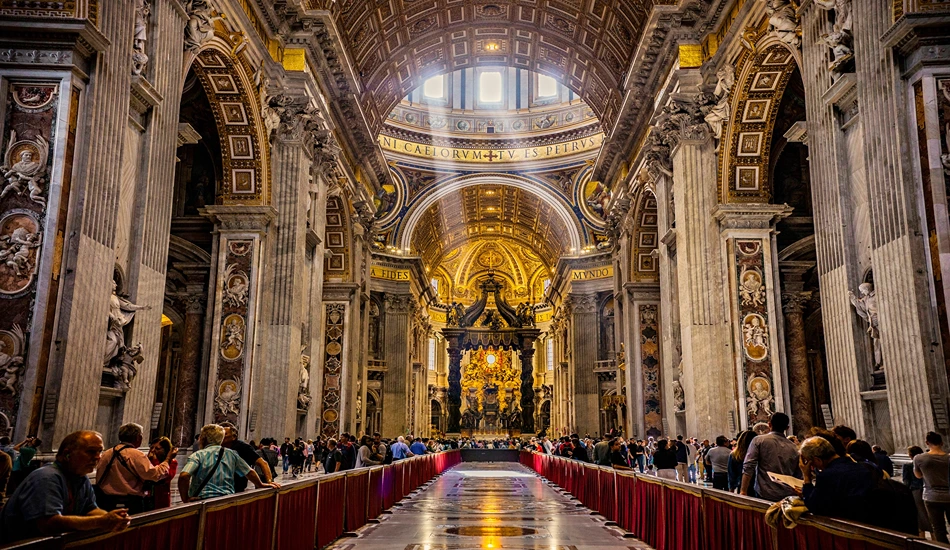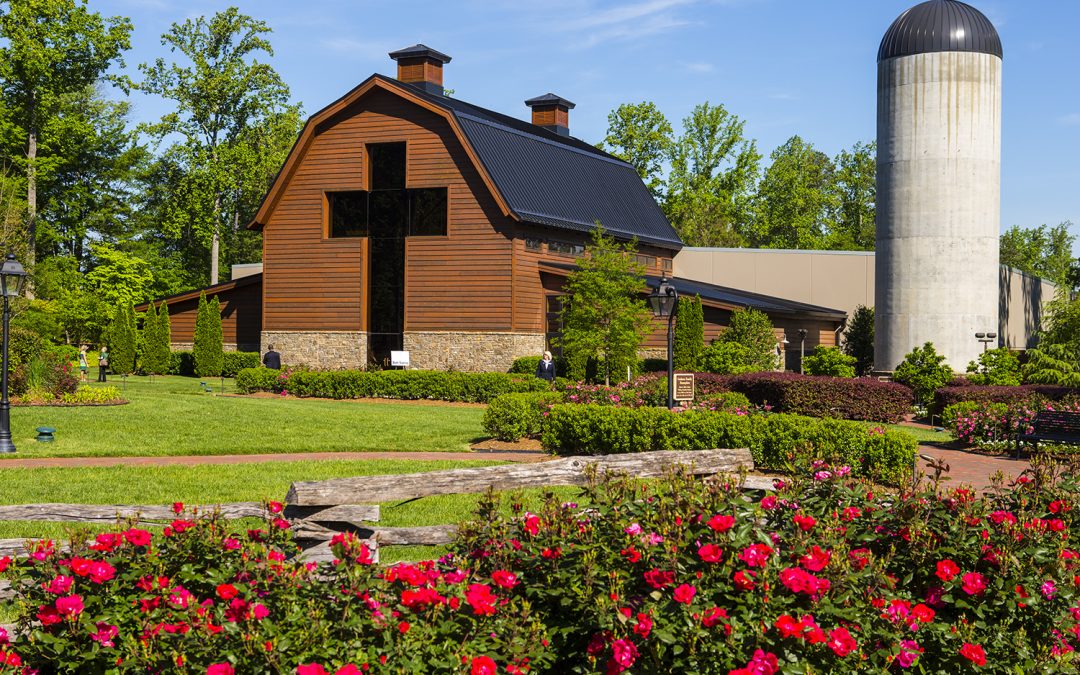Whether seeking solace, enlightenment or simply a transformative journey, these sites for pilgrimages in Europe present an enticing proposition for group travelers
Embarking on a pilgrimage has been a profound spiritual practice for millennia, and Europe stands as a treasure trove of sacred destinations, steeped in history and diverse cultures. From soaring cathedrals to serene monasteries, each of these sites for pilgrimages in Europe offers a unique opportunity for group travelers to connect with their inner selves, experience a sense of unity and embrace the beauty of communal devotion.
1. Fátima, Portugal
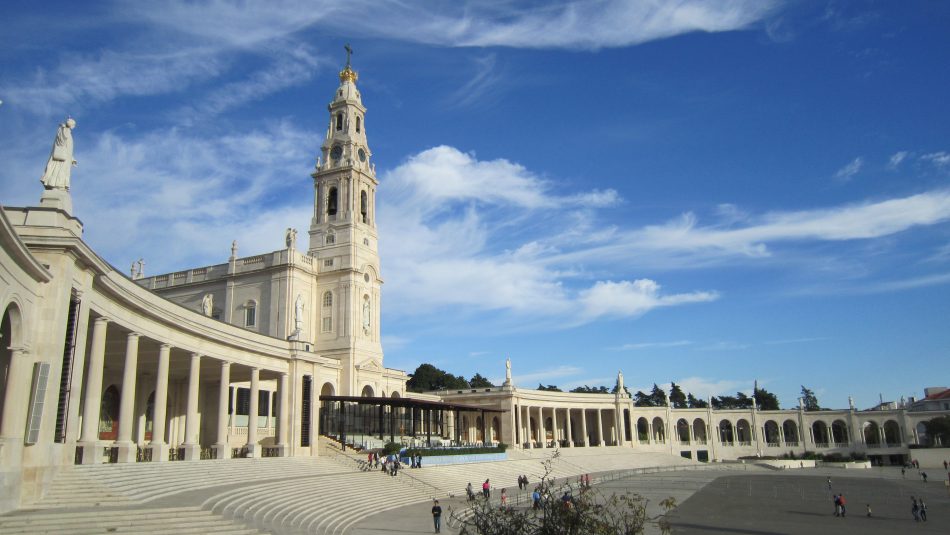
The Chapel of the Apparitions is built on the site of a Marian apparition that appeared before three peasant children in 1917. Every year since then on the anniversaries of the apparitions, May 13 and Oct. 13, the streets of Fátima swell with throngs of pilgrims who make their way to the holy site. Fatima (80 miles north of Lisbon) is home to dozens of imposing churches and monuments. Shops selling religious souvenirs, hostels and hotels can be found throughout the city.
2. Camino de Santiago, Spain
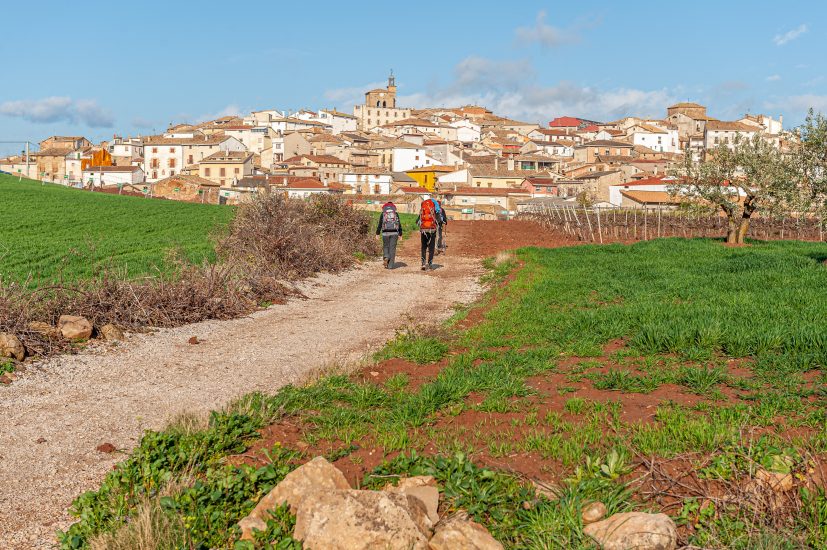 One of the oldest pilgrimage routes in the world runs through Northern Spain, terminating at the cathedral of Santiago de Compostela. This is the burial site of St. James, whose remains were transported from Jerusalem to Spain by boat. Pilgrimages to the area haven’t ceased since medieval times, and the route has enjoyed revived popularity since the 1980s.
One of the oldest pilgrimage routes in the world runs through Northern Spain, terminating at the cathedral of Santiago de Compostela. This is the burial site of St. James, whose remains were transported from Jerusalem to Spain by boat. Pilgrimages to the area haven’t ceased since medieval times, and the route has enjoyed revived popularity since the 1980s.
Traveling pilgrims can expect barebones accommodations along the Camino de Santiago, or Way of St. James. Monasteries provide hostels for travelers and ask for small monetary donations in return. Pilgrims should be aware that a special Credencial, or religious passport, is required to stay at a monastic hostel. American pilgrims need to register online in order to receive one.
3. Lourdes, France
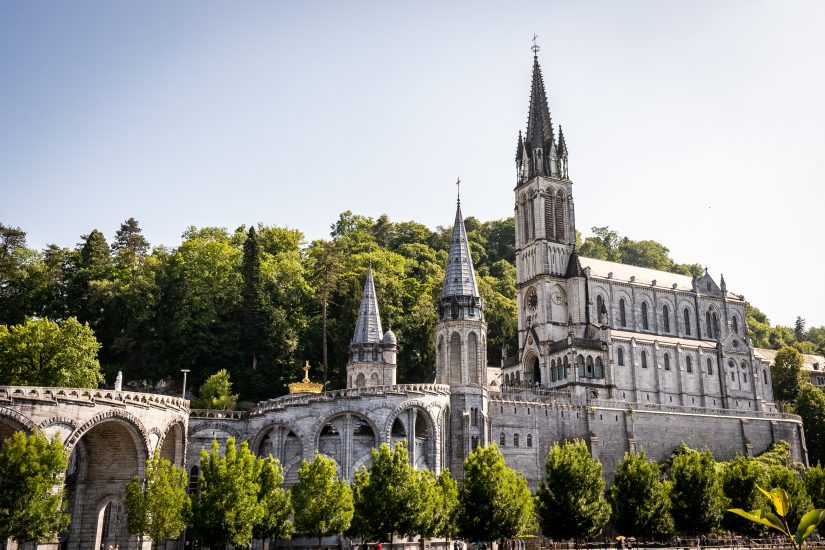
The largest pilgrimage site in France is Lourdes, which takes in some five million pilgrims a year. Lourdes gains significance from the apparitions of Our Lady of Lourdes and is a site of numerous miraculous healings. The stream unearthed by Bernadette Soubirous in 1858 is believed to have special properties that heal the ailments of sick people.
Tourists stay in one of 270 hotels in the city in order to visit the Sanctuary of Our Lady of Lourdes (commonly called the Domain). The Domain includes the Grotto where pilgrims can dispense Lourdes water from the taps and 22 separate places of worship on 126 acres.
4. Armagh, Northern Ireland
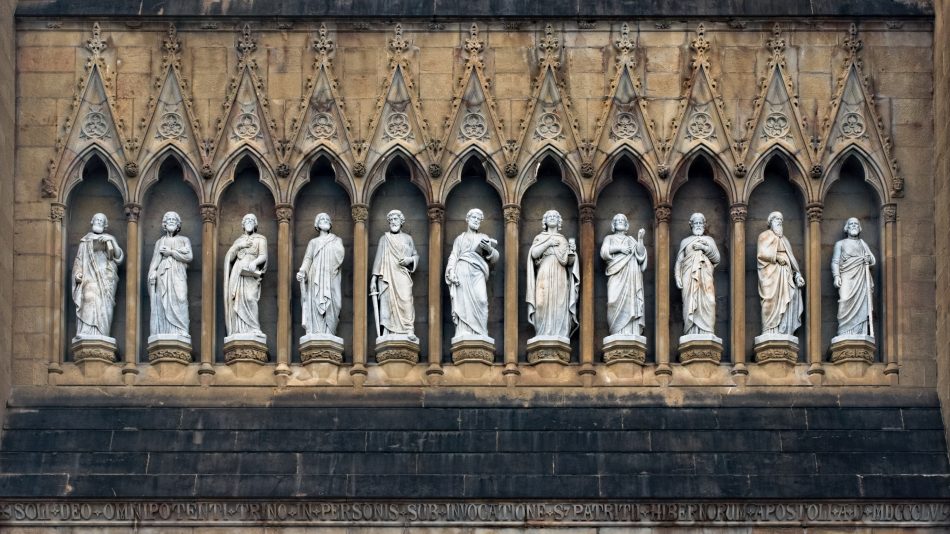
Armagh is a town with roots in Celtic paganism. When Christianity spread to the region in the 400s A.D., St. Patrick established his church there and Armagh became the ecclesiastical capital of the island. He decreed that only those educated in Armagh were fit to spread the gospel, so numerous educational institutions were founded.
The seat of both Protestant and Catholic archbishops, Armagh is the most venerated of Irish cities. The main points of interests are St. Patrick’s Roman Catholic Cathedral and St. Patrick’s Anglican Cathedral. St. Patrick’s Trian, in a former church behind the tourist office, has exhibits on city history and St. Patrick’s writings. Armagh has recently undergone an extensive city-center regeneration project, which included upgrading all surfaces and adding new pedestrian walkways.
5. Einsiedeln, Switzerland

Einsiedeln gained popularity as a religious tourist destination thanks to its Benedictine Abbey, one of the most important pilgrimage sites in Switzerland. More than 100,000 religious tourists visit annually to see the statue of the Black Madonna in the abbey’s lavishly decorated Baroque church. Also on visitors’ agendas are Diorama Einsiedeln, regarded as the world’s largest nativity display with 450 hand-carved figures, and Panorama Crucifixion of Christ, a giant circular painting.
The town, about 25 miles southeast of Zurich, is close to many scenic hiking trails in the Swiss Alps. Geneva and Zurich have sites associated John Calvin and Ulrich Zwingli, Swiss leaders of the Reformation.
6. Altötting, Germany
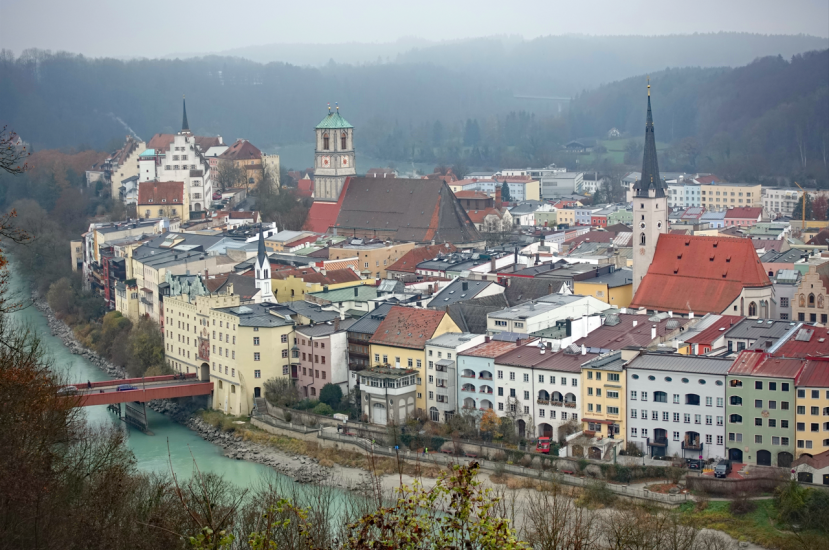
For more than 500 years this Bavarian town has been Germany’s most significant place of pilgrimage venerating the Virgin Mary. More than a million pilgrims a year visit the Chapel of Grace (built around 700) and its Black Madonna. As history tells it, a child drowned in a nearby river in 1489 and his mother took his body to the altar at the foot of a wooden statue of the Black Madonna. He was miraculously revived, and the news spread quickly across the country. The shrine was expanded with a nave and covered walkway. Today the small chapel, where the hearts of Bavarian kings are stored in silver urns, is one of many points of interest in this town of 12,000 near the Austrian border.
The late Gothic, twin-towered Stiftskirche (Collegiate Church) and the Neo-Baroque St. Anna’s Basilica are two of many churches within walking distance of Chapel Square, where Pope Benedict XVI celebrated Mass in 2006. Across from the Chapel of Grace is the New Ecclesiastical Treasury and Pilgrimage Museum, which is named for the Pope, a Bavarian who has been familiar with Altötting since childhood. Another draw is the Crucifixion Panorama, a 360-degree painting (dating from 1903) that depicts events that transpired on Good Friday in Jerusalem. From May to October, candlelight processions take place from St. Anna’s to the square.
7. Luther Country, Germany
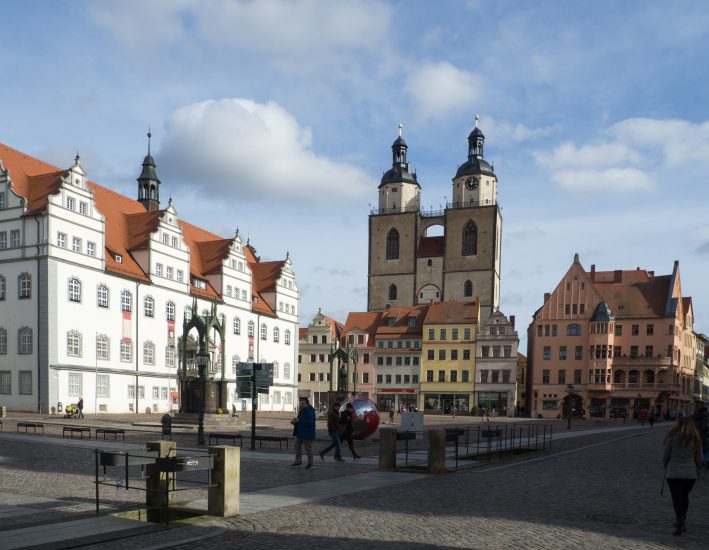
Martin Luther has forever been embedded into history for sparking the Protestant Reformation. Travelers can follow in his footsteps in the states of Saxony-Anhalt and Thuringia, a region deemed Luther Country. Reformation-related sites are located in Eisenach, Erfurt, Eisleben and Wittenberg. Luther spent the majority of his life in Wittenberg, the site of the Schlosskirche (Castle Church), where in 1517 he nailed his 95 Theses, or demands for reform, on its doors. He is buried inside below the pulpit.
8. Saint Peter’s Basilica, Vatican City
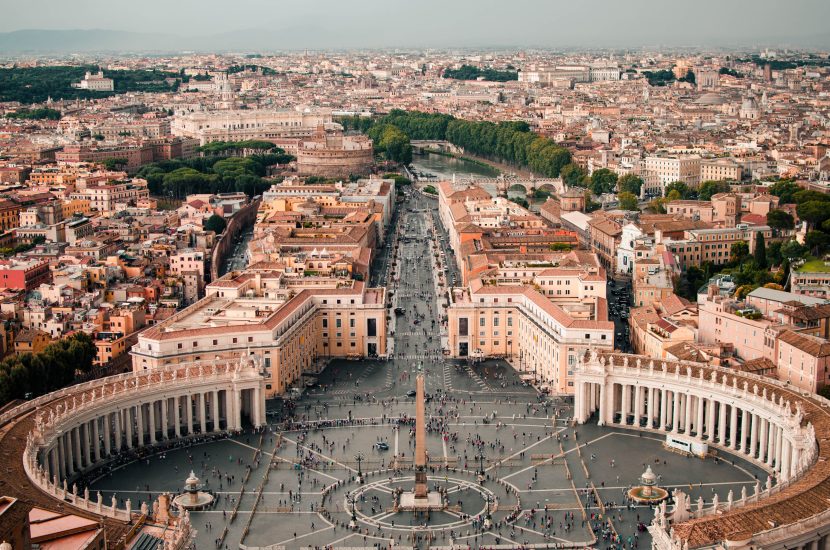
No list of pilgrimages in Europe would be complete without a mention of the Vatican and the renowned St. Peter’s Basilica. Construction on the current basilica began in 1506 and finished in 1626. It’s one of only four Major Basilicas in the world with the other three also located in Rome.
As one the largest church in the world and one of the most iconic religious structures, the Basilica stands as a symbol of religious devotion and architectural marvel. Pilgrims come to witness the grandeur of Michelangelo’s dome, venerate the tomb of St. Peter and participate in religious ceremonies presided over by the Pope. The sacred atmosphere within St. Peter’s Basilica fosters a sense of reverence, making it a transformative destination for spiritual reflection and contemplation.
Masses are celebrated daily at St. Peter’s Basilica and free to the public.
9. Medjugorje, Bosnia and Herzegovina
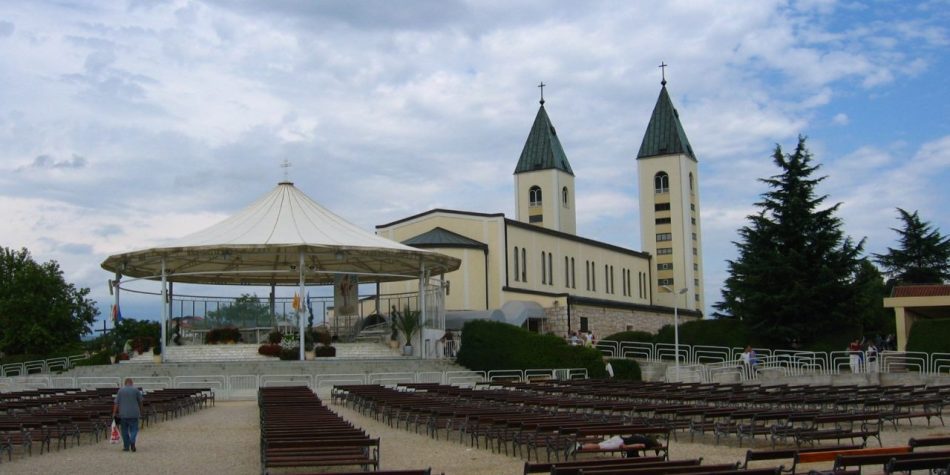
Apparitions of Mary have appeared before six children since 1981 in this Adriatic town and made the town a popular destination for pilgrimages in Europe. The site annually attracts one million people, some of whom have witnessed visions in the sky including hearts and crosses around the sun. This once tumultuous region now has enjoyed an economic boom, thanks in part to religious tourism. More than 1,000 hotel and hostel beds are available.
10. Assisi, Italy
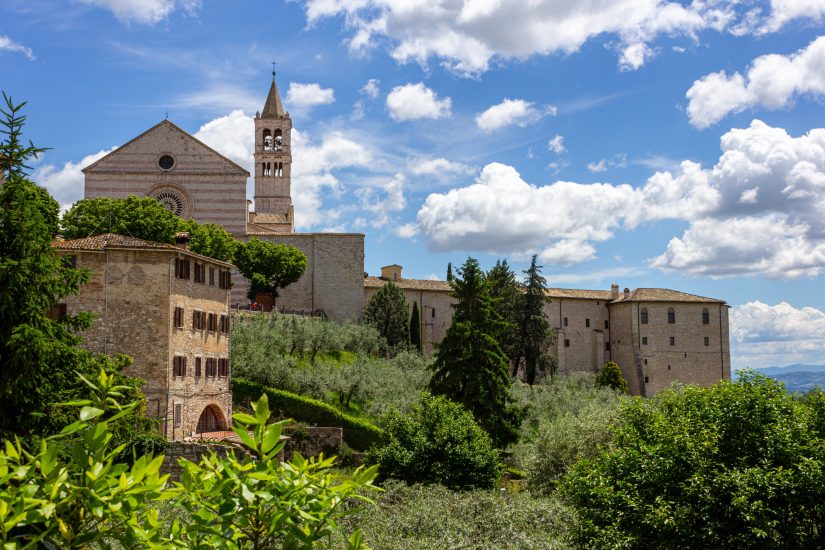
Assisi, an Umbrian hill town north of Rome, is most noted for being the birthplace of St. Francis. His influence is remembered in the Basilica of Saint Francis of Assisi, which has been named as a World Heritage Site. This is just one of eight historic churches in the area. Two castles dominate the town, both built in the Middle Ages. In early May the Festival Calendimaggio re-enacts medieval life with games, processions, dances, flag waving and theatrical performances.
11. Jasna Góra Monastery, Poland
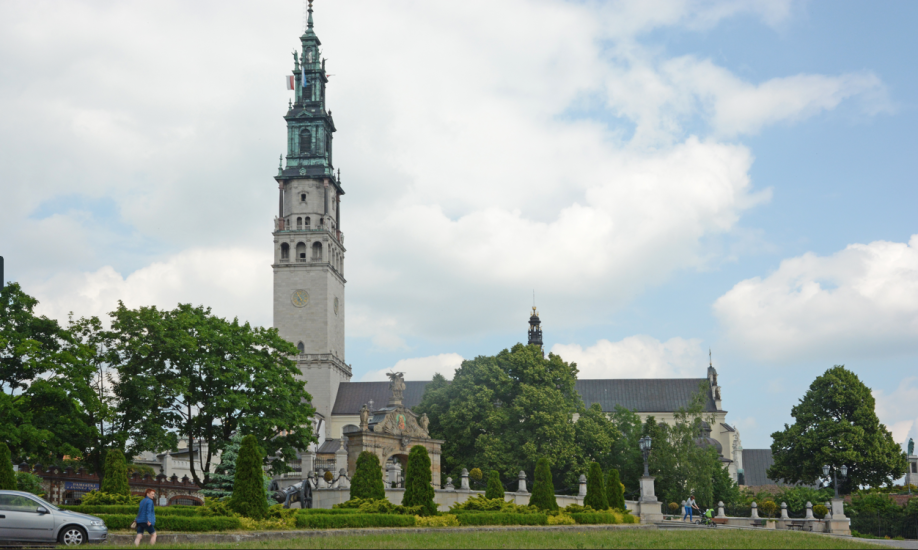
Said to be the third largest Catholic pilgrimage site in the world and site of one of the most popular pilgrimages in Europe, Jasna Góra Monastery in Częstochowa, Poland, depicts a famous shrine of the Virgin Mary. Pilgrims from around the world come to gaze upon the Black Madonna of Częstochowa image that has been recognized by many as a revered icon, such as Pope Clement XI who designated the image a Canonical Coronation through the Vatican Chapter.
Tracked by the National Heritage Board of Poland, the site has also been one of the country’s National Historic Monuments since 1994.
Pilgrims have been visiting the site since the Middle Ages, and approximately 4.5 million worshippers from 80 different countries come to worship this magnificent shrine each year.
12. Great St. Bernard Pass, Switzerland
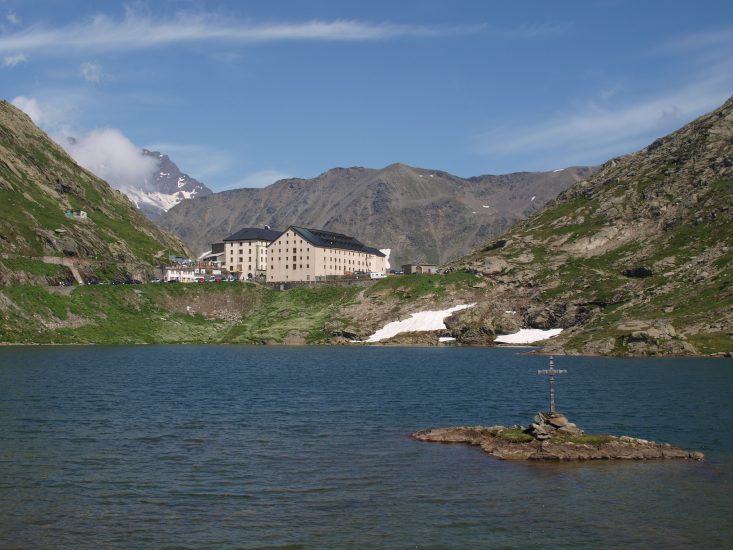
Only open for five months out of the year from June through October, Great St. Bernard Pass is the third highest road pass in Switzerland, connecting Martigny to the Aosta Valley in Italy.
The legendary Great St. Bernard Hospice was historically run by Augustinian monks at the beginning of the Middle Ages. The shelter symbolizes the generosity and friendliness shown by monks to travelers for centuries, and later became famous for its use of St. Bernard dogs in rescue operations.
Standing at 8,100 feet, the road is the lowest pass connecting the two largest mountains in the Swiss Alps, Mont Blanc and Monte Rosa. Religious travel groups can drive through Great St. Bernard Pass, indulging in the region’s stunning panoramic views along the curvy, winding roads.
13. Hagia Sophia, Turkey
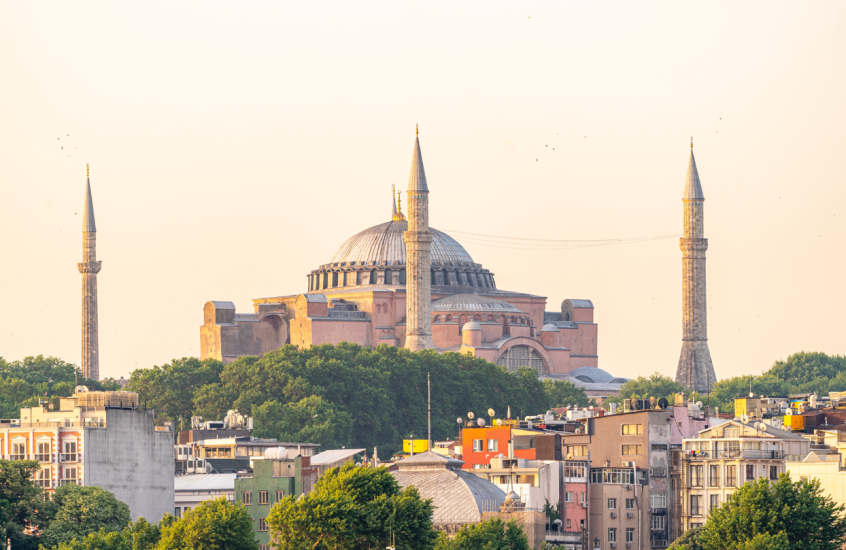
Once an important place of worship for both Christians and Muslims, Hagia Sophia in Istanbul was built in 537 A.D. as an Eastern Orthodox cathedral under Justinian order. The cathedral was later converted into an Ottoman mosque in 1453, and remained so until 1931.
In 1935, the building was secularized and became a museum, welcoming visitors from all over the world as a UNESCO World Heritage Site. In 2020, Hagia Sophia was once again declared a mosque, though it still welcomes visitors of all faiths who marvel in awe at its exquisite Byzantine architecture, especially its carefully detailed and colorful mosaics.
14. Glastonbury Tor to Stonehenge, England
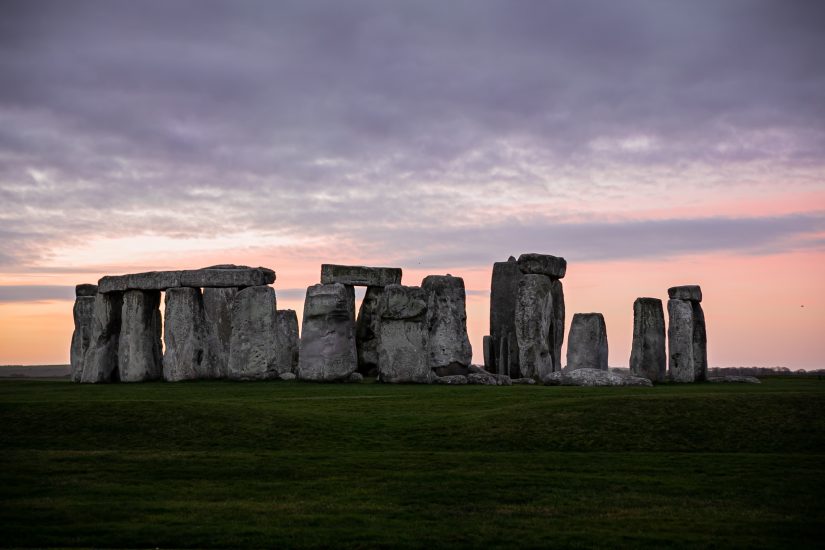
This 44-mile pilgrimage to one of the most highly recognized UNESCO World Heritage Sites in the world takes religious group travelers through the countryside of Southwest England’s Somerset County, to the famous Stonehenge, a site of ceremonies for Neo-Pagans and druids since its construction dated as far back as 2,600 B.C.
This 15-hour hike from Glastonbury Tor to Wiltshire takes pilgrims through some of England’s most breathtaking countryside landscapes. If timed properly, religious group travelers can join the tens of thousands of visitors who gather each June to celebrate summer solstice.
15. Madonna del Ghisallo Chapel, Italy
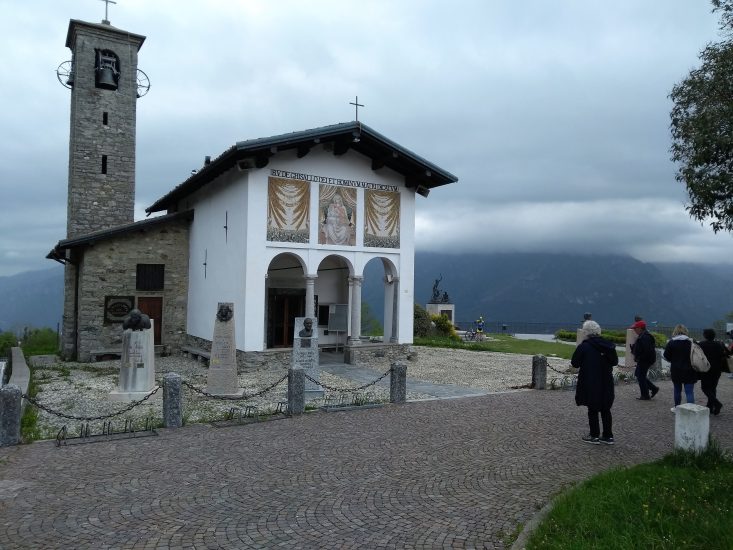
Truly unique among pilgrimages in Europe for religious group travelers, this seven-mile journey designed specifically for cyclists leaves from the touristy town of Bellagio, ending at the 17th century Madonna del Ghisallo Chapel in Lombardy.
A renowned cycling hub, the chapel features a statue outside its parameters dedicated to the cyclists who visit Madonna del Ghisallo. Formerly known as the patroness of travelers until 1949, Madonna del Ghisallo was then admitted as the patroness of cyclists by Pope Pius XII.
Inside the chapel, groups get the chance to marvel upon glass-framed jerseys featuring some of the best riders in the world, pennants of cycling clubs and a selection of historically significant bicycles.
16. Knock Shrine; County Mayo, Ireland
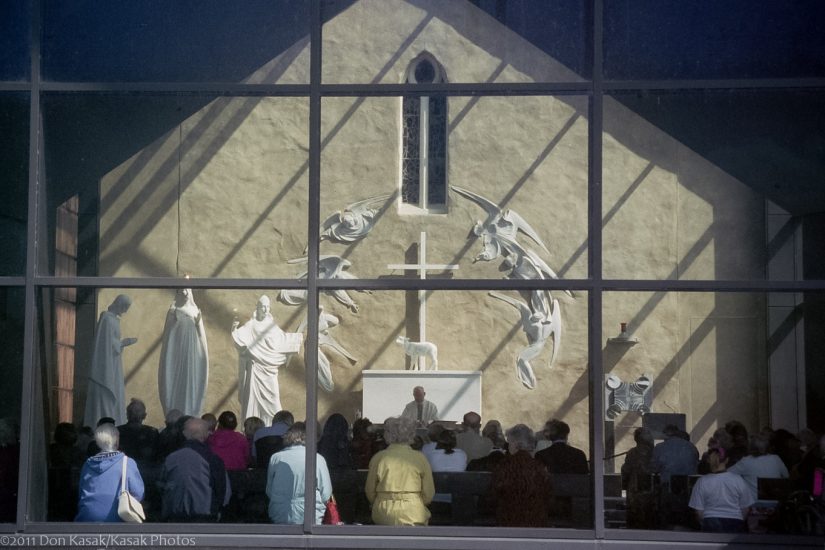
Legend has it that in 1879 during a two-hour long, rainy witnessing of the Apparition of the Virgin Mary in Knock, Ireland, not a single drop of water fell on the gable or vision. Since this numinous occurrence, Knock has become one of the most popular Roman Catholic pilgrimage sites in Western Europe, attracting approximately 1.5 million visitors per year.
Pilgrims flock to this renowned religious site to see Knock Shrine, an altar sculpture depicting the accounts of the Apparition. Mary was described as being beautiful, dressed in all white, boasting a luminous gold crown and standing a few feet above ground. This depiction can be seen on the altar sculpture.
17. Nidaros Cathedral, Norway
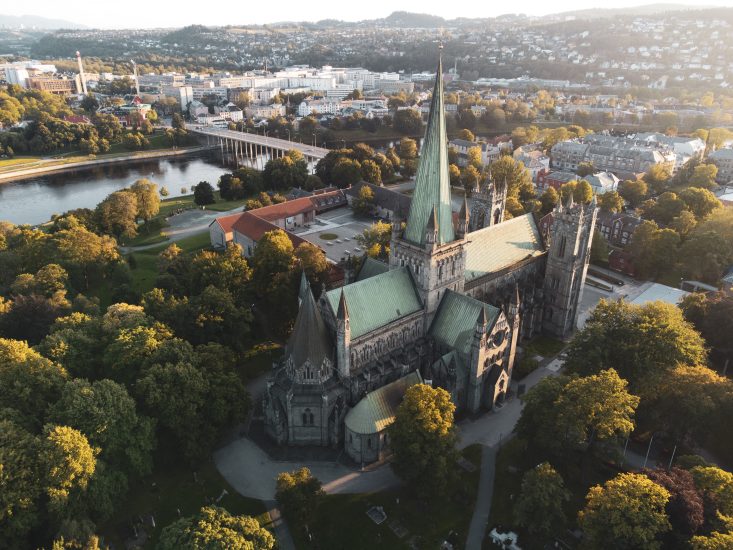
The northernmost medieval cathedral in the world and the second largest in Scandinavia, Nidaros Cathedral in Trondheim was one of the most important pilgrimage sites for Christians during the Middle Ages.
With Gothic and Roman architecture throughout, Nidaros Cathedral was founded in 1070 A.D. and built over the tomb of St. Olav, the Viking king who converted Norway to Christianity.
The pilgrimage to Nidaros Cathedral is known as Saint Olav’s Way, a 350-mile stretch from Selånger, Sweden to Stiklestad, Norway. Religious group travelers should expect to take at least 28 days to complete the pilgrimage.
18. Romedius Pilgrimage Trail, Austria
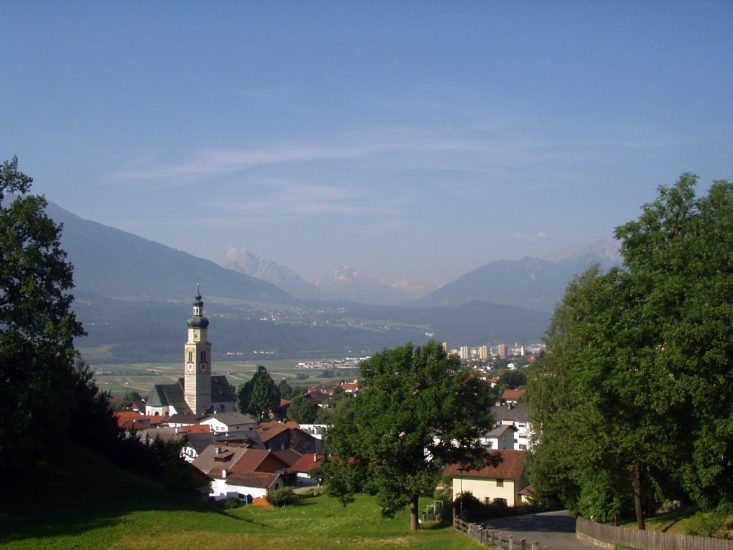
For nature lovers and advanced hikers, the Romedius Pilgrimage Trail could be just what you’re looking for when it comes to pilgrimages in Europe.
Discover your inner spiritual self while following in the footsteps of St. Romedius, the son of a nobleman who withdrew to a rock cave to practice meditation.
This 111-mile hike isn’t for the faint of heart; expect to take at least 12 days to complete this pilgrimage, starting in the village of Thaur near Innsbruck. Throughout the trek, pilgrims will pass through sanctuaries, natural monuments, valleys, nature parks and lakes.
19. Stará Boleslav, Czech Republic
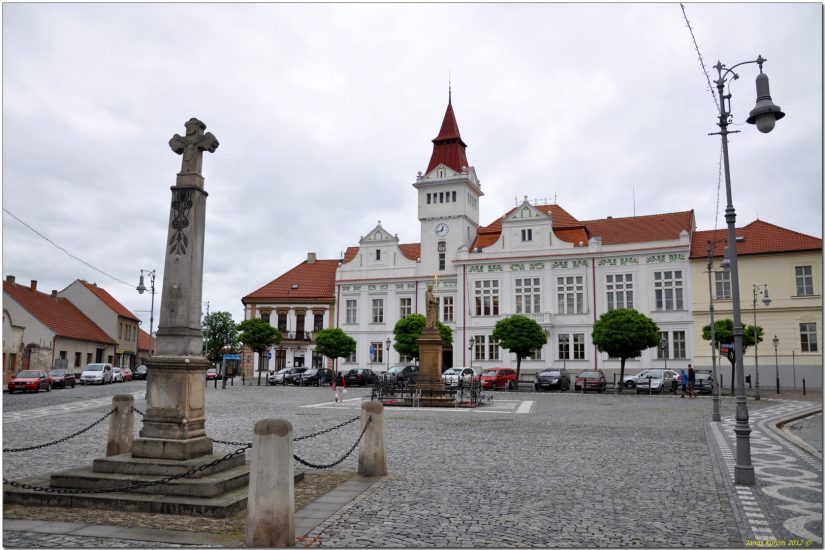
Situated about 15 miles northeast of Prague, Stará Boleslav is an ancient place of pilgrimage connected to the martyrdom of the patron saint of the Czech state, St. Wenceslas. St. Wenceslas was the duke of Bohemia from 921 A.D., until his assassination in 935 A.D.
Within Stará Boleslav lies the Church of the Assumption of the Virgin Mary, a late Gothic church featuring one large tower, 16 chapels, two side vestibules, a sacristy and a double worm staircase. The basement of the church is used as exhibition space for the North-Bohemian Gallery.
20. Kirkkokari, Finland
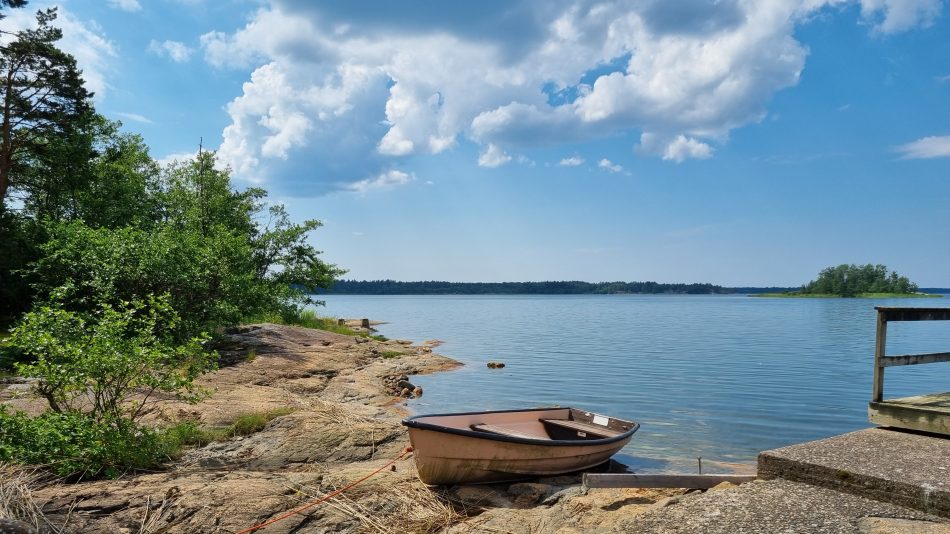
Kirkkokari is a small island located in Satakunta, Finland. It is the only Roman Catholic pilgrimage site in Finland, and one of the few in Nordic countries. The island has been a pilgrimage site for many Catholics since the 13th century. St. Henry is said to have been murdered on the ice of Lake Köyliö during the winter of 1156. Every year, the Finnish Roman Catholic Church organizes a pilgrimage to the island, an 87-mile journey via Saint Henry’s Way, beginning in the city of Turku.
21. Mount Athos, Greece
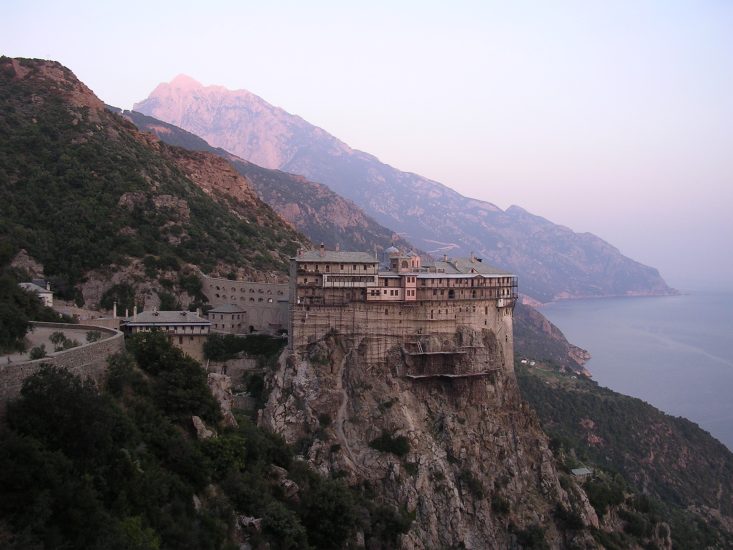
Regarded as the second most important Christian Orthodox religious site after Jerusalem, Mount Athos has been a destination for Christian monks since the 5th century. However, Ottoman raids caused the population to leave slowly until it culminated in 1822 attack where they killed most of the mountain’s population. Since 1922, the peninsula has once again been inhabited by monks and has been declared a holy land.
Tradition says that John the Evangelist and the Virgin Mary sought shelter from a storm on the peninsula, hence the reason the it is also known as “Garden of the Virgin Mary”. Mount Athos features 20 monasteries throughout with them containing some of the most important Christian Orthodox artifacts such as the crown of thorns and parts of the Holy Cross.
Most pilgrims (only men as women are forbidden from entering) arrive by ship from Thessaloniki where they then take a ship that leaves from Ouranoupoli. Passengers are then taken to Dafni where they can stop at different monasteries before they then take a bus to Karies, which is the administrative center of the society.
22. Royal Monastery of Santa Maria de Guadalupe, Spain
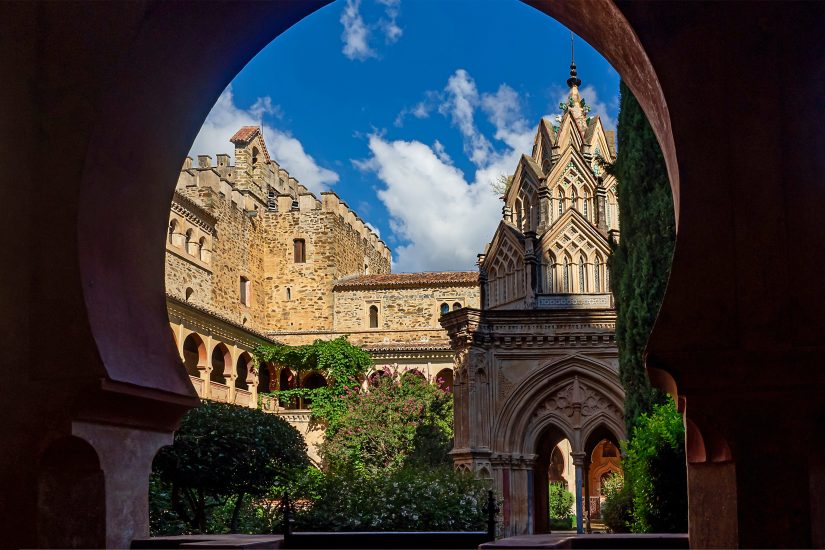
Located in the province of Cáceres, the Royal Monastery of Santa Maria de Guadalupe is a center of pilgrimage for the Western World as well as Latin America. The traditional architecture of both the monastery and the town surrounding it reflects the role it played in both the medieval and modern history of Spain. The site also symbolizes two significant world events that both occurred in 1492 namely the discovery of America by Christopher Columbus and the final expulsion of Muslim power from the Iberian Peninsula. Each year more than 60,000 pilgrims and tourists visit the monastery.
23. Basilica of Saint-Denis, France
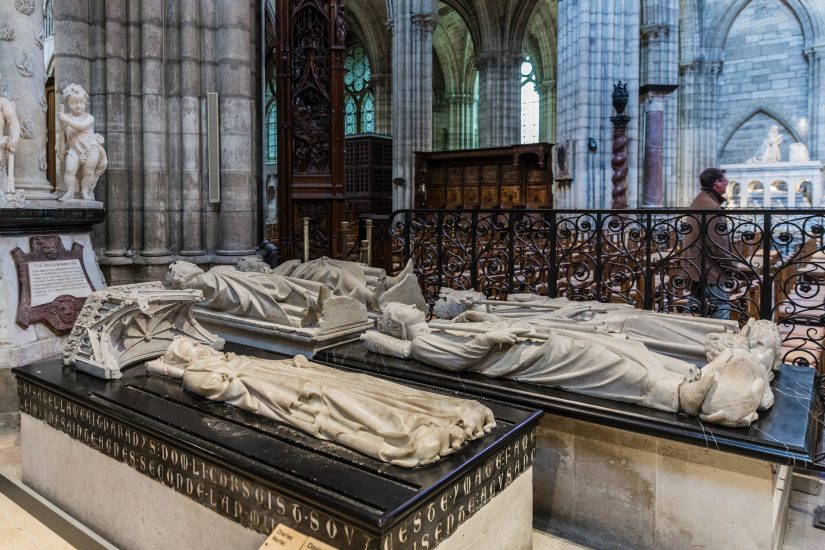
The Basilica of Saint-Denis is one of the most sacred sites in France as the cathedral was built on the exact spot where Saint-Denis is buried. In 250 AD., he became the first Bishop of Paris to be martyred as he was beheaded on the hill now known as Montmartre, and legends say he still managed to walk to the site of the cathedral without a head before he died. It is also the burial place for French Kings with almost every king from the 10th to the 18th centuries buried there first starting with King Dagobert.
Starting at Notre-Dame-des-Champs, pilgrims go through different chapels and churches that are related to Saint-Denis before ending their journey at the basilica. The pilgrimage is now only completed on special anniversaries.
24. El Rocio, Spain
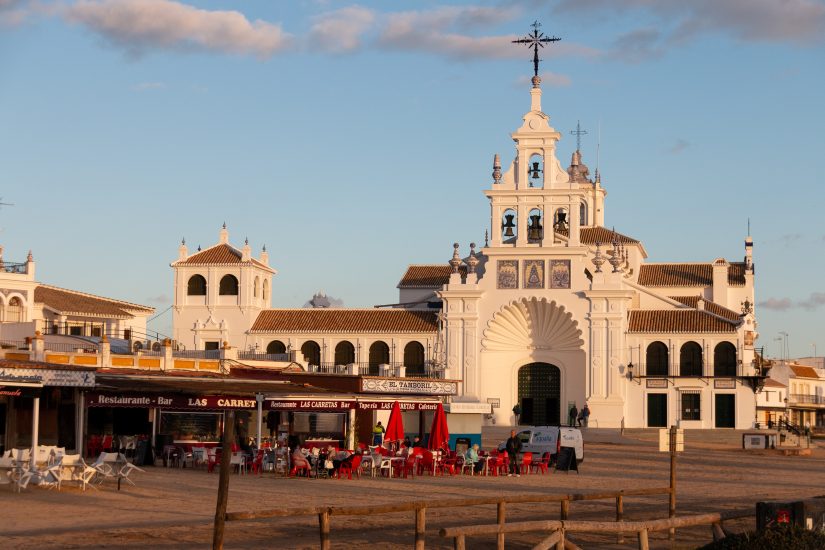
Attracting nearly a million people every year, the pilgrimage of El Rocio is one of the largest Roman Catholic pilgrimages in Europe. It is also regarded as one of the most colorful pilgrimages as visitors have the perfect opportunity to get insight into the unique culture of Andalucia.
Pilgrims from Andalucia and beyond arrive the Sunday before Pentecost with some even arriving a few days beforehand. The journey properly starts at noon on the Saturday as each group travels to the church of El Rocio where they turn in their ‘simpecado’, or their copy of the Virgin.
25. Chartres, France
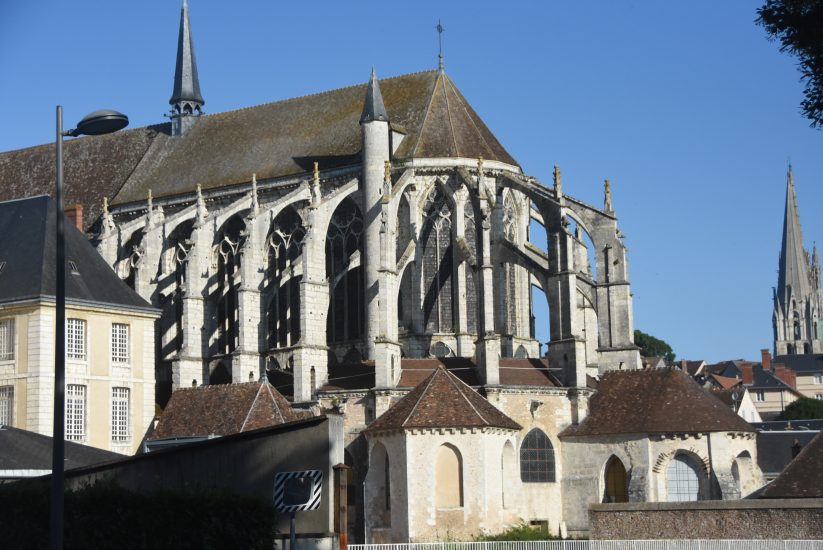
The Chartres Cathedral, located 60 miles outside of France, is considered to be one of the most well-preserved Gothic cathedrals in Europe. It is also known for holding the Sancta Camisa, which is known as the tunic the Virgin Mary wore when Christ was born.
The annual pilgrimage, which began in 1983, begins at the Cathédrale Notre-Dame de Paris and ends at the Chartres Cathedral. The 62-mile journey takes place every year around the time of Pentecost and takes about three days for 8,000-10,000 pilgrims to finish.
26. Turas Cholmcille; Glencolmcille, Ireland
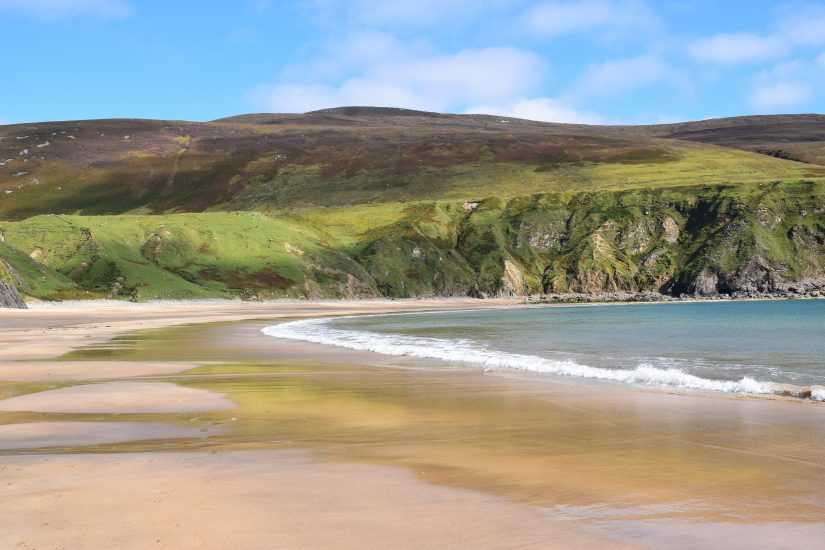
Typically completed barefoot, the Turas Cholmcille is a 3.4-mile pilgrimage path located in Glencolmcille. Along the journey, pilgrims come across 15 stations that are all within different townlands. Visitors also have the chance to see St. Colmcille’s own Church and Bed as well as a court tomb that was built around 3000 BC. The pilgrimage occurs annually on July 9th, the feast day of St. Colmcille, though some of the stations can be visited year-round. The entire trek takes around 4 to 5 hours to complete and is usually performed after midnight on what is known as the ‘Day of the Journey’ or when the Saint took his last breath.
27. Via Francigena, UK-France-Switzerland-Italy
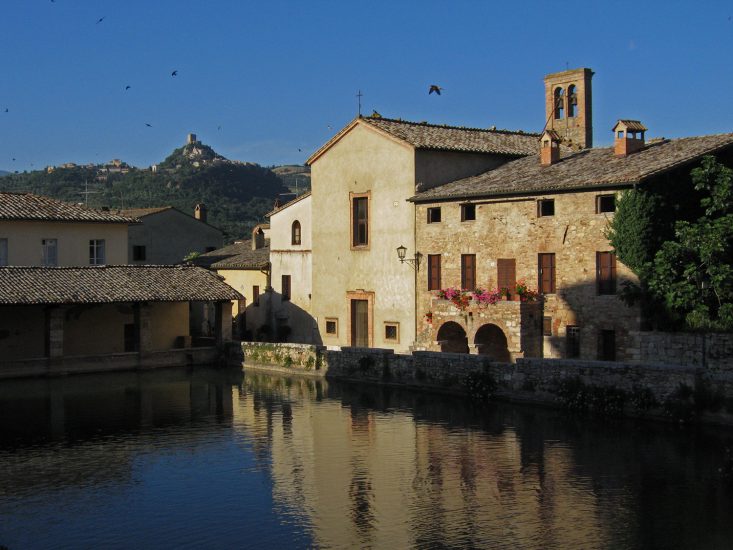
For those seeking an extended journey, look no further than the cross-country Via Francigena route, which is one of the longest Catholic pilgrimages in Europe at 1,056 miles. Starting in Canterbury in England, visitors will then journey to France and Switzerland before arriving in Italy and wrapping up in Rome.
In medieval times, it was an important road and pilgrimage route for any of those who wished to visit the Holy See and/or visit the tombs of the apostles Paul and Peter. Around 990 AD, Archbishop Sigeric traveled the entire route from Canterbury to Rome and then back again. He only documented his return journey, which consisted of 80 stages and 12 miles per day, so modern-day pilgrims often complete the route in reverse to follow Sigeric’s path.
It is also possible to complete the Via Francigena in shorter stages depending on if you wish for your pilgrimage to last a few days or even a few months.
28. Pilgrims’ Way, England
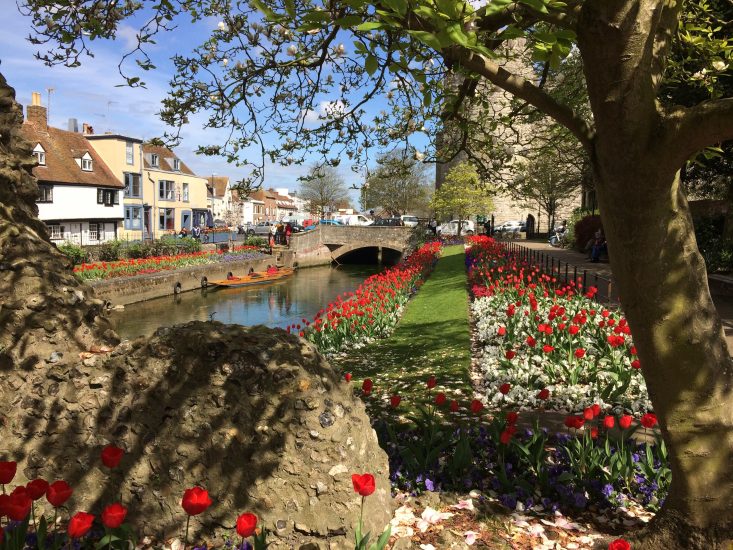
Leading to the shrine of Archbishop Thomas Becket at Canterbury, this historical route takes pilgrims from Winchester to Canterbury while leading them through natural geography and other religious sites. Along the 120-mile path, pilgrims have the opportunity to pass St. Martha’s Hill, St. Catherine’s chantry chapel, St. Thomas’s 13th century chapel and Boxley Abbey. History argued that this route is the one Henry II took on his own pilgrimage to atone for the death of his friend, Archbishop Thomas, but this has since been disputed.
29. Iași, Romania
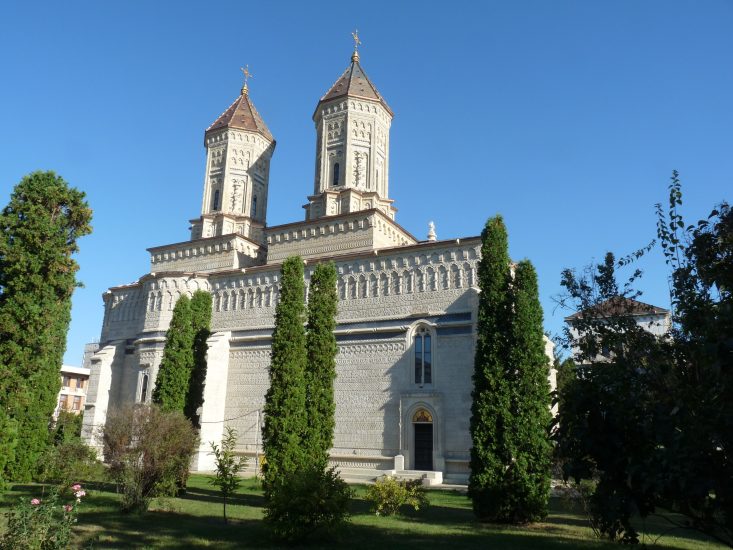
Iași, the second largest city in Romania, draws in thousands of pilgrims each year to St. Parascheva. Regarded as one of the most beloved saints of the Balkans, she lived in the eleventh century and has been recognized by the Romanian, Greek, Russian, Serbian, and Bulgarian Orthodox churches under different names.
The relics of St. Parascheva are held at the Metropolitan Cathedral of Iași, where pilgrims gather to pray and ask for miracles. This is held during the second week of October each year.
30. Mariazell, Austria

The most popular pilgrimage destination in Austria is the Mariazell Basilica. Also regarded as being amongst the top visited shrines in Europe, the church contains a 50-meter high wooden statue of the Virgin Mary with child.
Legend says a monk named Magnus was sent to a valley by his abbott where he brought with him a carving of the Virgin Mary that he made himself. When he discovered a huge rock blocking his way, he called on the Mother of Christ for help. When she intervened, he placed the carving on a wood stump, which is part of the church’s altar today.
The Mariazell Basilica is also the only church to be named a national shrine in any of the German-speaking countries.
We hope you enjoyed this list of 30 top pilgrimages in Europe. For more great itinerary inspiration and group travel ideas, be sure to subscribe for FREE to Leisure Group Travel.


